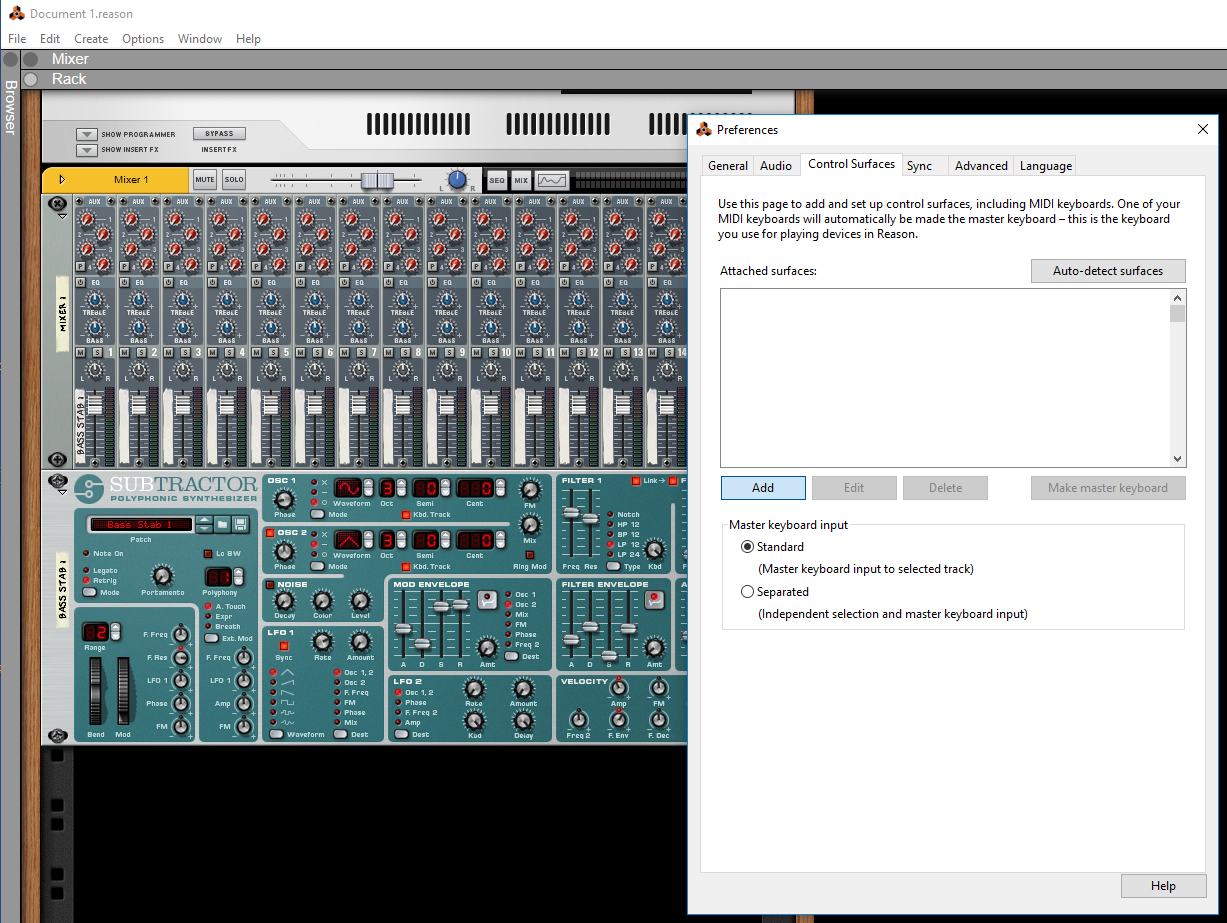

- #Novation controller editor full#
- #Novation controller editor portable#
- #Novation controller editor software#
#Novation controller editor software#
As far as possible, Novation have designed their controller Templates for the 25SL to use these LCDs in a way that encourages the user not to look at their computer monitor.Īs for that second major innovation, it's a new technology dubbed 'Automap' which takes a lot of the pain out of assigning SL controls to software parameters by actively reading parameters and their current values from your instrument plug-ins in real time, and auto-assigning them to the SL's sliders, buttons and pots. Look again at the big picture on the left you can't fail to notice a pair of long liquid-crystal display strips that dominate the SL's front panel.


But then there's that SL suffix: it stands for 'soft label' and refers to the first of this device's two major innovations. Your deduction would also be correct if you'd imagine the new keyboard to be festooned with controls, like its predecessor. There are no prizes for guessing that the 25SL is a compact, 25-note controller keyboard. The result is the hardware controller under review here, the Remote 25SL. It's perhaps just as well, then, that Novation have been improving their Remote concept.
#Novation controller editor full#
A properly affordable keyboard/control surface featuring a full monitor, however compact, is an unlikely proposition. The earlier Remotes managed better than many, but their displays were still compact most of us would continue to glimpse at our computer monitor while working with the controller. One thing that many controllers lack is a decent display: some have cryptic three-character affairs, others a larger LCD panel.
#Novation controller editor portable#
Compact, and perfect for desktop or portable music, the Remote offered a commendably high number of physical controls in that small space, and Novation later reproduced the control set in longer keyboards, too (Remotes 49 and 61 respectively). Novation discovered this with their Remote 25, reviewed in Sound On Sound August 2003 issue. Add more knobs, and the formula becomes hard to beat. Welding a chromatic keyboard to a control surface has turned out to be a winning formula - from cheerfully cheap, plasticky jobs with 25 keys up to fairly serious 88-note weighted action controllers. It's no surprise, then, that hardware controllers have been so popular over the past few years - knobs, buttons and sliders (not to mention keys) are great ways to manipulate sound and music. Our music-making world may be increasingly software-based, but the combination of mouse and computer monitor is not the greatest interface between us and the music we'd like to produce. Is this the first 'intelligent' hardware control surface? We find out. Novation have an elegant solution to the tedium of configuring hardware controllers - the Remote 25SL can read your sequencer and automatically map plug-in instrument parameters to its controls. Similarly, the Remote has recognised the overall song tempo and left and right loop points (the latter can just be seen on the transport bar at the bottom of the window), and the SL is displaying these on its right-hand LCD. The Remote has recognised that the sawtooth wave has been selected for Oscillator 1, and the triangle wave for LFO1 (note the 'Osc1WaveSaw' and 'LFO1WaveTri' legends in its left display, amongst other parameters). Many of the most useful parameters have already mapped themselves to the 25SL. The Remote 25SL working with a Subtractor synth in Propellerhead's Reason.


 0 kommentar(er)
0 kommentar(er)
